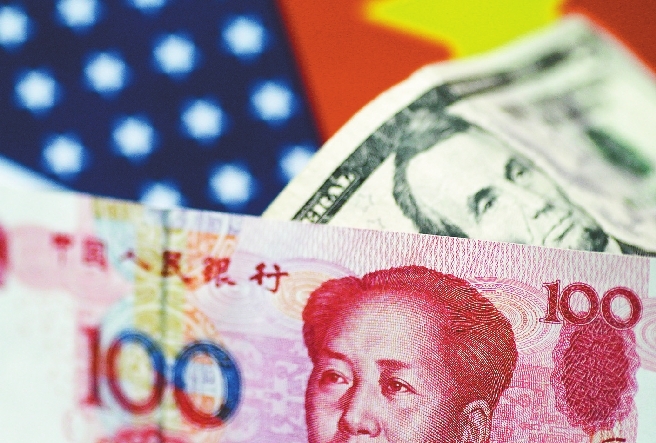
CHINA is not using yuan depreciation as a tool in its trade conflict with the United States, and will likely step in to avert any disorderly decline, according to Morgan Stanley. “We don’t expect policymakers to encourage material yuan depreciation,” China economists at the bank, led by Robin Xing in Hong Kong, wrote in a note Sunday. “The People’s Bank of China could step up intervention if depreciation risk intensifies.” The People’s Bank of China has already signaled that it’s on alert for excessive declines, by setting the yuan’s reference rate on the strong side of what models had predicted last week, according to Morgan Stanley. Strategists at Goldman Sachs Group Inc. also Friday concluded that the People’s Bank of China has been “leaning against excessive depreciation in recent days.” Morgan Stanley sees the yuan at 6.65 per U.S. dollar by the end of September, about 0.4 percent weaker than its close in Shanghai on Friday. Its “base case” is for the currency to end the year at 6.6. The lesson of 2015, when China devalued its currency and then scrambled to halt capital outflows and expectations for continuous yuan declines, is that “active material depreciation” can endanger financial stability, the U.S. bank said. The 3 percent drop in the yuan against the dollar over the past two weeks is in part a retracement of its outperformance from February to mid-June, the Morgan Stanley economists said. That earlier divergence was a function of inflows to China’s bond market, which has become increasingly open to foreign investors and is benefiting from diversification moves by global fund managers. The recent drop also coincided with weakening in Chinese economic data and moves by the central bank to shore up bank lending as a counter to regulators’ crackdown on shadow banking. Trade tensions with the United States have driven market players to interpret the People’s Bank of China as having shifted its policy stance, Morgan Stanley said. (SD-Agencies) | 
